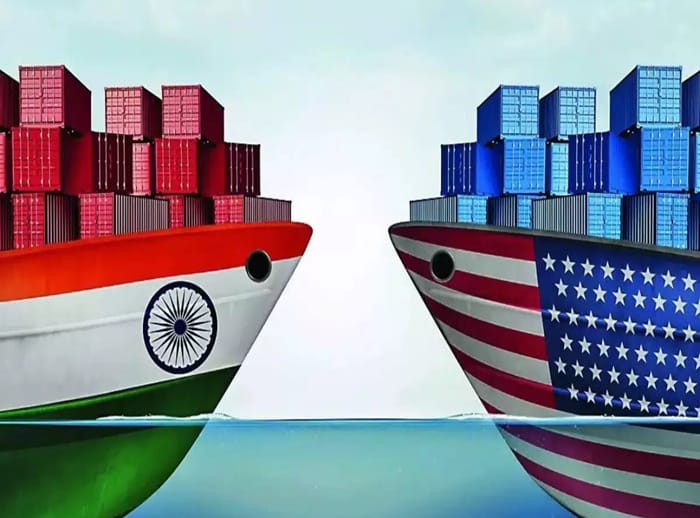
India gains tariff edge over rivals in US textile market : ITF
COIMBATORE : The new reciprocal tariff structure announced by the US is aimed at creating a level playing field among trade partners, said Prabhu Dhamodharan, Convenor of the Coimbatore-based Indian Texpreneurs Federation (ITF). This presents a medium to long-term opportunity to boost export volumes, especially in the textiles and apparel sector to the US, he told businessline.
The advantage could grow if trade negotiations lead to zero-duty cotton imports. Under Trump’s tariff plan, Vietnam’s textile exports will face a 46 per cent duty, Bangladesh’s 37 per cent, and China’s 54 per cent. Other key players, including Sri Lanka (44 per cent) and Cambodia (49 per cent), will also be affected. India, in contrast, will face a reciprocal tariff of 27 per cent (according to the White House, after Trump initially stated 26 per cent). This gives India a clear advantage in cost competitiveness, he said
“These duty structures are very high. This may lead to inflation and higher prices, reducing consumer demand. If the situation remains unchanged, India will benefit in the long run,” said Naren Goenka, founder and managing director, Texport Industries.
According to an industry expert, companies such as Trident, Welspun India, Arvind, KPR Mill, Vardhman Textiles, Page Industries, Raymond, and Alok Industries stand to gain, as revenue from the US market accounts for 20-60 per cent of their earnings.
A Sakthivel, former chairman of the Apparel Export Promotion Council (AEPC), said that Türkiye and Brazil — facing a 10 per cent tariff — could also emerge as attractive sourcing destinations for US buyers. Some apparel orders might also shift to Italy, Germany, and Spain, where tariffs stand at 20 per cent.
In the past, India, Bangladesh and Vietnam faced similar tariff structures for cotton apparel exports. However, with the recent changes, India now holds a tariff advantage over these competing nations in comparative terms, potentially boosting its competitiveness in the US market for apparel export, he said.
India is well-positioned to expand its market share in the US, driven by this tariff edge. The Ongoing trade negotiations may further enhance India’s position—particularly if India offers zero-duty import of cotton in return for sector-specific benefits in apparel exports. This move could prove to be a game changer for the industry, he said.
Some of the key factors to watch are the response of US consumers, including sentiment and consumption behaviour, will play a crucial role in shaping short-term export trends. There will be some turbulence at the retail level, which can be expected if the tariffs are implemented in full. The way each country retaliates and responds will also influence the next phase of trade dynamics, he said.
